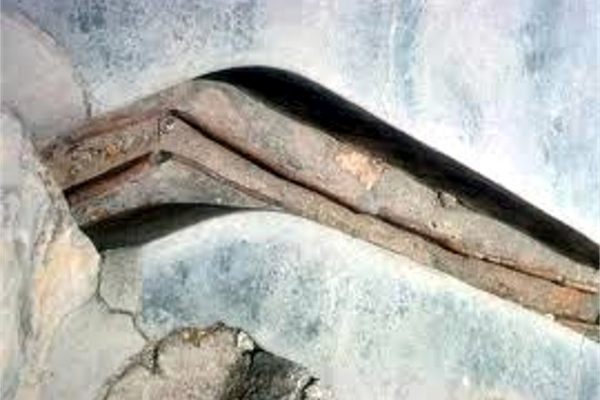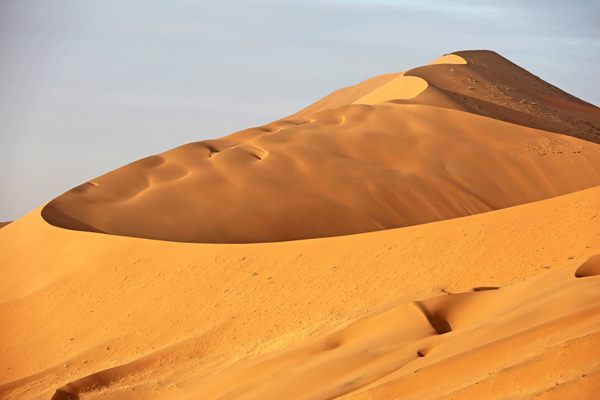About
Located on the Arctic Ocean in Canada’s Northwest Territories, these barren red-striped rocks have been burning continuously for centuries. This smoldering hellscape is aptly known as the Smoking Hills, and it must have been a shocking sight for the first European sailors to approach this strange remote landscape.
The first recorded sighting of the burning hills was by the Irish explorer Captain Robert McClure in the early 1800s. His crew had journeyed to the Canadian Arctic searching for the lost explorer Sir John Franklin, who disappeared five years earlier on an expedition to map the Northwest Passage. (According to the stories, when McClure brought a piece of the smoking rock back to the ship it burned a hole through his wooden desk.)
The explorers believed volcanic activity was causing the hills to burn, but in fact there is another explanation. The underground oil shales in the area are rich in sulfur and brown coal, causing the rock to spontaneously ignite when the hills erode and expose the combustible gases to oxygen.
Over the years, the sulfur dioxide produced from the combustion has changed the acidity of the area to such a degree that it's now a different ecosystem than the surrounding landscape. And the normally dark mudstone is baked and bleached by the heat, coloring the cliffs with stripes of red and orange.
Thanks to this strange natural phenomenon, it’s likely these Arctic hills were burning with thick plumes of smoke for centuries before the European expeditions. Indeed, local indigenous populations have long come to the area to gather coal. The nearest community (which is over 60 miles away) is called Paulatuk, which means "place of soot" or "place of coal" in the Inuvialuktun language.
Related Tags
Know Before You Go
The remote hills are located on the east coast of Cape Bathurst, a few miles south of the Beaufort Sea. There are no roads leading to the area; it is accessible only by float plane, helicopter, or boat.
Published
January 9, 2019























